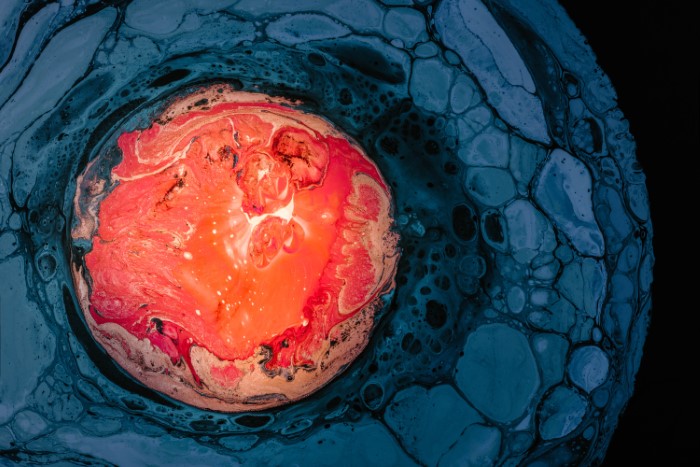
This is a new series from Rabbi Adlerstein’s Targumim series on the Sefer Meor Einayim of Rav Menachem Nachum. Learn about this new adaptation and the author here.
The reishis of Bereishis is Torah. So teach Chazal. This means that all things – specifically including human beings – were created through Torah. Moreover, it is Torah that even after Creation continues to suffuse all things.[2] Since we know that “Torah and Kudsha Brich Hu are one,”[3] we must conclude that within everything is an animating force of Hashem.
The takeaway from this concept is that it is important at all times to hone in on the penimiyus/ internal core of all things, rather than on their externals. This important principle is alluded to throughout the opening verses of the Torah:
The earth was tohu and vohu – Rashi addresses these terms: “A person is astonished and baffled by the void within it.” The deeper meaning of this is that the proper person is astonished by the blindness of those who are mired in artziyus/earthliness. Do they not realize that bo hu/His animating force is in everything; how can they not comprehend, and choose to distance themselves from Him?
There was darkness over the deep – For those who do not get beyond artziyus, there is nothing but darkness.
A Divine Spirit hovered over the surface of the water – Through this, a person can do teshuva, and find Hashem’s animating spirit within him.
G-d said “Let there be light.” There was light. G-d separated between light and darkness – At first, the light of Torah and darkness are jumbled together.[4] At the start of a person’s maturation, in the stage of rational katnus/smallness, his sechel is not sufficiently developed. At this stage, he does not/cannot focus entirely on the penimiyus of all things. He still sees, processes, reacts to the discernable reality in front of him. As he matures, Hashem separates light and darkness for him, and he reaches the stage of gadlus/greatness of thought. The smallness stage is called nukva/feminine; the mature stage is duchra/masculine. In a young couple, the woman helps secure the attentions of her intended mate through adorning herself. (On a national level, Hashem first gave His intended bride the ornaments of mitzvos with which to adorn herself.) Later, they draw closer and achieve a deeper union. In such a state, katnus does not disappear, but becomes one with gadlus. Thus, in time, night and day are united as one. There was evening, and there was morning – one day.
How? By taking note of one’s reactions, and recognizing that their root is in midos of Hashem! Consider, for example, the story of Yosef,[5] and how he extricated himself from the seductive advances of Potiphar’s wife. She took pains to entice him. According to Chazal,[6] she changed outfits during the day to appear more alluring. Her behavior is best described as self-glorification. Yosef’s greatness is in realizing that this behavior is a distortion of the spirit of Hashem within. Self-glorification is nothing but a warped form of Hashem’s glorification – what we call Tifferes. It is a form of “stealing” from its pristine source. (Tifferes is also the midah of Yaakov, Yosef’s father, and the meaning of Chazal’s[7] teaching that Yosef saved himself from sin when the image of his father appeared in his consciousness. He linked the seductress’ self-glorification to its source in Tifferes, and elevated the former in the service of the latter. When he “planted his fingernails in the ground”[8] to escape sin, Chazal mean that he dug his nails – non-essential external parts of himself – into the artziyus of the situation to find the deeper core that had to exist there. He was thus able to turn her self-glorification into something higher.)
This is our task in all situations. We have to size them up, and find the core element that is often perverted and warped in the way it is presented to us. We then apply our energies and focus in service of the holy, undiluted source in the midah of Hashem within.
- Based on Meor Einayim, Bereishis, first section ↑
- This is very different from the “Torah is the blueprint of Creation” idea – itself sourced in Chazal – that is often given to explain what Chazal meant by creating the world with Torah. ↑
- Zohar2 90b ↑
- Rashi, Bereishis 1:4 ↑
- Bereishis 39:7-12 ↑
- Yoma 35b ↑
- Sotah 36b ↑
- Ibid. ↑


